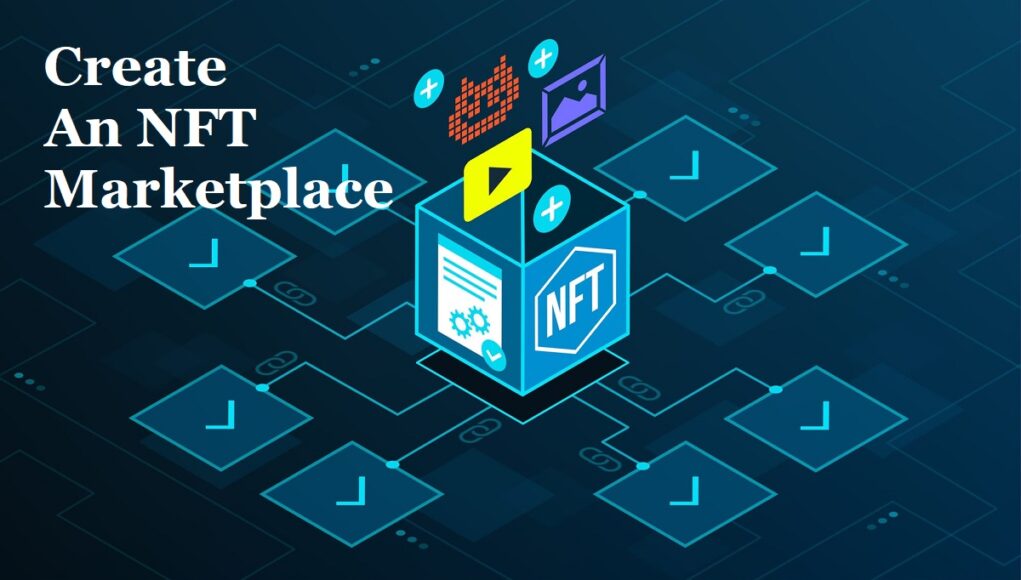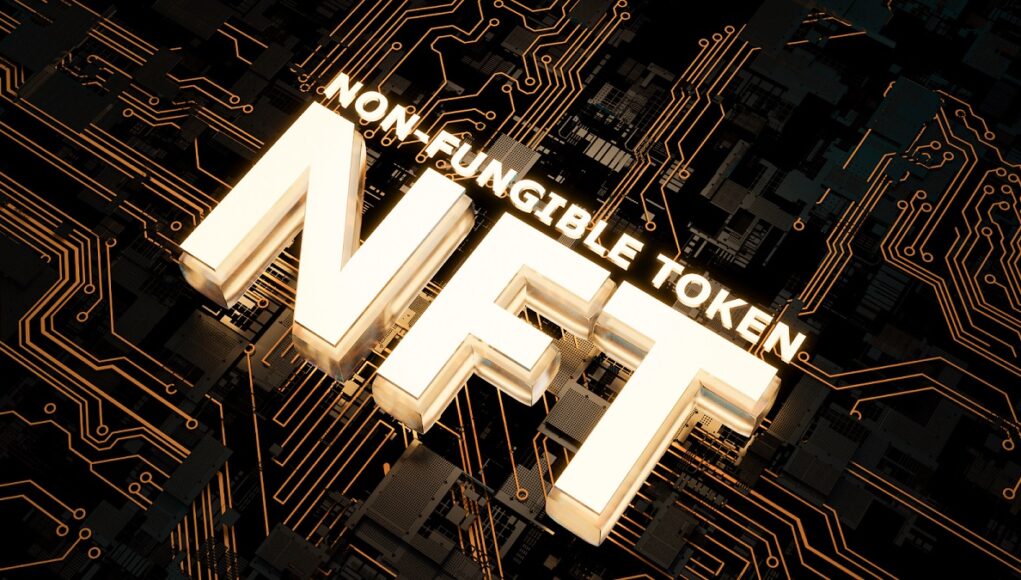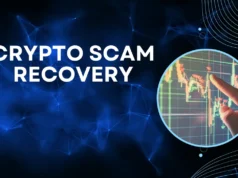Non-Fungible Tokens (NFTs) have emerged as a game-changing innovation in the digital asset landscape, undergoing rapid change. These novel tokens have altered how we purchase, sell, and own computerized craftsmanship and collectibles, and that’s only the tip of the iceberg. Notwithstanding, in their ubiquity, worries about the ecological effect of NFTs have come to the forefront.
This article dives into the natural ramifications of NFTs and NFT Launchpads and investigates the moves and likely answers to moderate their carbon impression. We explore alternative consensus mechanisms, the carbon footprint analysis, and the energy consumption of NFTs, focusing on sustainability.
What is NFT?
Unlike cryptocurrencies like Bitcoin and Ethereum, which can be exchanged one for one, non-fungible tokens (NFTs) are digital assets that are uniquely identified. Each NFT is unique and valuable because of its distinct characteristics. To establish ownership, provenance, and scarcity of the digital assets they represent, non-fungible tokens (NFTs) use blockchain technology, typically implemented on the Ethereum blockchain. This innovation guarantees straightforwardness and permanence, making trust and confirmation in the computerized space.
NFTs’ Impact on the Environment
- NFT is stamped on a digital marketplace (usually): The information for the NFT is uploaded by the NFT Launchpad development creator through the marketplace platform, where it is tokenized and stored in the blockchain. Tokenization is the method involved in creating keys for a resource. This is how the NFT gets “minted.”
- NFT is listed as The creator has the option of selling the NFT once it has been created. The NFT can be recorded at a set cost or sold.
- NFT is bought: A blockchain transaction begins when the NFT is purchased. The transaction is verified, and the ownership of the NFT is transferred to the new owner by the blockchain network.
The Energy Utilization Problem:
One of the essential worries encompassing NFTs is the critical energy utilization related to their creation and exchanges. The most common way of printing an NFT includes complex calculations and requires significant computational power. This power utilization comes from the primary blockchain innovation, which depends on an agreement instrument called Proof of Work (PoW).
Mining PoW algorithms consume a lot of energy because miners require so much computational effort. The adverse environmental effects become increasingly apparent as NFTs gain traction and more transactions occur. There have been calls for eco-friendly alternatives and debates regarding the viability of NFTs due to their carbon footprint.
Are NFTs Able To Use Less Energy?
It is optional for minting and transferring an NFT to use a lot of energy. NFTs can generate by blockchain platforms using the proof-of-stake operating method without consuming a lot of electricity or negatively impacting the environment. Unfortunately, proof-of-work blockchains cannot yet reduce energy consumption.

- Please use clean energy: Excavators utilizing evidence-of-work blockchains can use environmentally friendly power sources to drive their machines. Although proof-of-work mining consumes a lot of energy, the energy it takes can come from a non-emissions source.
- Invest in clean energy: Investing in renewable energy with a portion of the proceeds from selling some NFTs at high prices is possible. The environmental impact of producing NFTs could be reduced or eliminated by switching to renewable energy on a large scale.
- Put resources into exploratory innovations: Additionally, the proceeds from NFT sales can be invested in experimental climate change mitigation or reversal technologies. Carbon capture and capacity, which gathers and siphons carbon dioxide discharges into the ground, illustrates an exploratory innovation that some accept can tackle the environmental change issue.
- Choose NFTs issued on blockchains: Purchasing only NFTs minted on proof-of-stake blockchains and only stamping them on one is the most obvious option.
Proof-of-Stake: The Solution
To lessen NFTs’ negative environmental impact, Proof-of-Stake (PoS) appears to be a solution component. PoS transactions may be more energy efficient and leave a smaller carbon footprint than PoW transactions, as research has shown that PoS can reduce energy consumption by orders of magnitude. Regardless, PoS isn’t without its cutoff points. It requires an elevated degree of client certainty and agreement to guarantee that all validators accurately play out their obligations.
Therefore, additional research and experimentation are required before digital tokens can fully transition to Proof-of-Stake. Consequently, non-fungible tokens don’t need to be associated with an environmental cost. Digital currencies have the potential to become significantly more energy-efficient and sustainable with cutting-edge blockchain technology like Proof-of-Stake. This is advantageous for investors, blockchain developers, and the environment.
The Future of NFTs in the Environment:
The makers of NFT are beginning to pay more attention to how they use energy and how their actions affect the environment. Artists will start to choose other NFT marketplaces that use cleaner cryptocurrencies if NFT marketplaces do not begin to take calculated steps to reduce their energy consumption.
NFT makers can likewise establish environment-unbiased or “carbon-negative” resources for totally offsetting emissions by putting resources into environmentally friendly power, energy protection projects, or maintainable technology that will assist with decreasing contamination in the climate.
Before entering markets that employ the PoW strategy, NFT creators will also conduct research. Instead of adding nodes to the network to solve complicated mathematical problems, many will opt for energy-efficient PoS networks that allow miners to earn money by staking crypto and reduce the hardware required to become a validator.
Conclusion:
The supportability of NFTs remains an essential subject that requires constant consideration and variation. Consensus procedures that use less energy will be used as the industry grows. Non-fungible tokens have the potential to become significantly more energy-efficient and sustainable with cutting-edge blockchain technology like Proof-of-Stake.
Ethereum’s energy consumption has decreased significantly due to the merger event. Notwithstanding Solana, Tezos, Algorand, and Cardano, among other blockchains that give greener options to reasonable NFT buys, Whether you are a financial backer or gatherer trying to help specialists while adding to a greener future, buying tokens from these stages is one method for doing your part today.
For More Related Articles: Crypto Arena News
















